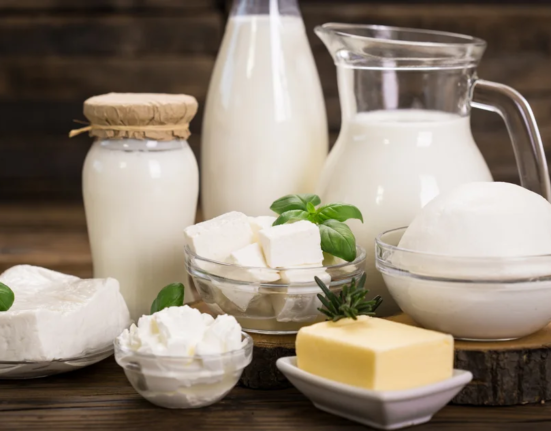Butter and cheese markets remain unchanged this week, reflecting a period of relative stability in Europe’s dairy sector. Despite some fluctuations in milk production and export activity, market analysts suggest that both commodities are well-balanced between supply and demand, keeping prices steady.
Stable Pricing Reflects Market Equilibrium
According to industry analysts, the European dairy market is maintaining a delicate equilibrium. Butter prices have stayed firm due to consistent retail and food service demand, while cheese prices are supported by a steady flow of orders within the EU and the UK.
Seasonal production patterns have also contributed to the current calm. While milk output has softened slightly in some regions due to cooler autumn weather, processors report sufficient supply levels to meet domestic and export requirements.
Buyers and Sellers Adopting a Wait-and-See Approach
Market participants appear cautious. Buyers are avoiding overcommitment, preferring short-term contracts while monitoring potential cost pressures in energy and logistics. Sellers, on the other hand, are holding prices in anticipation of stronger seasonal demand ahead of the Christmas period.
Export sentiment remains subdued, particularly towards Asia, where currency fluctuations and weaker purchasing power have dampened enthusiasm. Nonetheless, the European spot market continues to provide a level of support for both butter and cheese, preventing significant price drops.
Outlook: Short-Term Stability, Long-Term Uncertainty
Analysts forecast that butter and cheese prices will likely remain stable in the short term, barring any major supply disruptions. However, the outlook beyond the first quarter of 2026 depends on factors such as feed costs, weather patterns, and global economic trends.
In the UK and Ireland, dairy processors are cautiously optimistic. Many see current price stability as a sign of maturity in the market, where production efficiency and sustainable farming practices are beginning to mitigate volatility.
Analytical Perspective
From an economic standpoint, the absence of price movement highlights a mature dairy commodities market, where improved logistics, inventory control, and contract discipline have helped cushion against volatility. While this steadiness benefits processors and retailers, farmers continue to face tight margins due to rising input costs.
In the medium term, maintaining balance will depend on how effectively producers adapt to climate variability and market diversification, especially in value-added dairy exports such as premium cheeses and butter derivatives.







